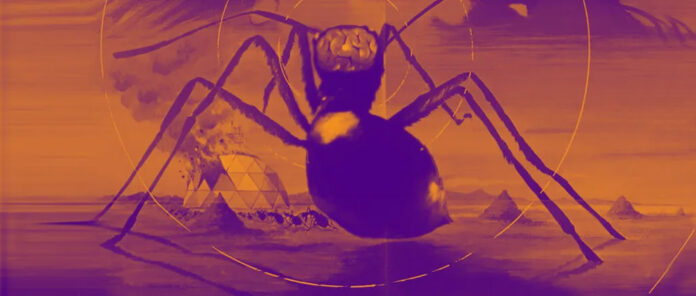We sometimes take for granted that certain aspects of human life are dictated by the fictitious events we witness in movie theaters. Were people afraid of sharks before Jaws? Sure, but only to an extent. Spielberg’s 1970s masterpiece, as well as the novel it was based on, brought the idea of a shark attack home, causing many of us to fear what lay beneath the water.
National Geographic took aim at this phenomenon, pointing out that shark deaths (about nine per annum) are about ten percent of the rate of deaths by jellyfish globally and just a tiny fraction of the deaths caused by fishing accidents (200,000 annually). If you want to take it further: Note that you have more chance of being killed by your doctor’s bad handwriting than a shark. But Jaws captured our imagination, and thus provided an outsized fear relevant to the threat.
The 1970s saw nature on the rampage cinema
While Jaws is more of a fable than a movie about a shark, it is no coincidence that it arose in the fertile ground of 1970s, when movie-makers had a penchant for terrifying audiences with all kinds of threats from animals, particularly insects. Often B-movies, the appetite of audiences seemed to be insatiable, and we might argue that many of these movies help shape the phobias we have today.
Perhaps most pointedly, there was the raft of ‘bee’ movies that hit screens (both in theaters and television) in the 1970s, including Killer Bees (1974), The Savage Bees (1976), The Bees (1978), and The Swarm (1978). These movies vary in quality. The Bees is considered a cult classic, whereas The Swarm, which has an ensemble cast that includes Michael Caine and Henry Fonda, has been voted one of the worst movies ever made. The Swarm actually features in a Wikipedia page dedicated to collating the worst films ever, sitting alongside contemporary titles like Movie 43 and That’s My Boy.
The humble bee has been rehabilitated
Nonetheless, the use of bees so frequently in the 70s is interesting because we can largely say that the bee has been rehabilitated as a threat. Right now, we are more likely to see positive depictions of bees fostered by documentaries like Colony. Animated films like Bee Movie or honey and bee games like Beellionaires are more likely to be on your cultural radar than killer bees. Why? Well, one might argue that the rehabilitation of the bee is linked to global campaigns to stress bees’ environmental importance. The little guys were always misunderstood, and cinema is now catching up with that.
The point about the bees is that our perceptions can change. Right now, as we see news reports of orcas attacking boats, you can be sure that a screenwriter somewhere is picking up the idea of orcas as antagonists, whereas we were always informed by the cinema that they were our friends. In the 1970s, the antagonists were so often insects. Bees came out on top in terms of frequency, but they were closely followed by ants, which appeared in films like Phase IV (1974), Empire of the Ants (1977), and It Happened at Lakewood Manor (1977).
The spider is relatively new as a cinema threat
Perhaps surprisingly, spiders appeared as antagonists in very few movies of the 1970s. The only major release with eight-legged threats was Kingdom of the Spiders (1977), which starred Captain Kirk himself, William Shatner. The film made a fair impact on audiences, but its biggest legacy is arguably inspiring Archanaphobia (1990), of which Spielberg was one of the producers, incidentally.
Arachnophobia feels both like a homage to the era of 1970s “nature on the rampage” cinema (as the sub-genre is called) and the final act of this type of film. Sure, there are attempts at reviving the genre, including parodies like Lavantuala and Sharknado. But the fabulistic storytelling has been largely replaced by the promotion of action, horror, or comedy. Nature on the rampage, nor insect attacks, won’t die off completely on screen, but the impact of killer bees, giant ants, and other dastardly bugs, was most felt in the 1970s, warping our perceptions of the insect world for generations.



